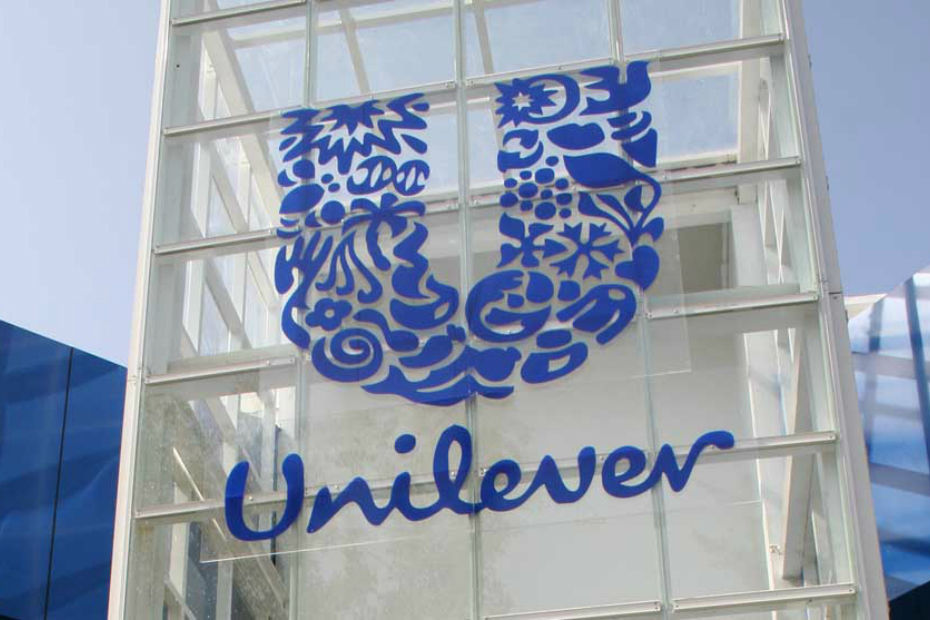Unilever x Artefact Plenary Conference - HubDay Future of Retail How does Artefact support UNILEVER on Retail Media use cases to increase its sales?
Thanks to Retail Media, Unilever identifies new growth opportunities and increases sales of its priority product categories
The global Unilever group has a portfolio of 400 brands that are anchored in the daily lives of its 5 billion consumers. Present in France for 125 years, Unilever is the leader in several market categories including ice cream, condiments and deodorants.
The consumer packaged goods (CPG) sector has the particularity of being intermediated. Since the distribution of their products is carried out by different retailers, there is little direct relationship between CPG brands and their clients. Yet, consumer knowledge is key to optimize media and promotional strategies, product assortment in the territory or to identify new growth levers.
It is from this challenge that the so-called Retail Media offers were born, i.e. 2nd party data partnerships. A retailer’s data is made available to a brand to enrich its own data assets in a win/win approach. This movement was initiated in 2012/14 by pure players such as Amazon and Alibaba, and traditional players such as Casino, Walmart and Carrefour have gradually followed.
Accompanied by Artefact since 2019 on various data issues, the Unilever Group seized this opportunity to identify new growth levers, develop a common consumer and product approach with a leading retailer and increase sales of certain priority product categories. This is the case, in particular, for the Magnum brand’s mini ice cream bars range.
Retail Media in a win/win partnership with Trade Marketing
Advertising expenditure (media and traditional marketing) in the consumer goods sector amounts to nearly 680 billion dollars worldwide and 16 billion in France. The investments allocated to Trade Marketing are just as massive.
While the advertising levers have been highly digitized over the last twenty years, Trade Marketing is still very underdeveloped. However, driven by e-commerce, it represents half of the budgets of CPG advertisers (600 billion dollars worldwide, 16 billion in France). Trade marketing is strategic for these brands because it consists in carrying out actions in partnership with mass retailers to better meet consumers’ expectations: prospectus, merchandising, point of sale animations but also sales forecast and supply chain optimization. Thus, the digitalization of trade marketing represents a real growth opportunity for advertisers and brands.
Retail Media is based on this concept of partnership in the promotion of brands’ products. The sharing of 2nd party data favors client knowledge and allows a better segmentation and therefore a better targeting of advertisements or promotions. This targeting can be activated in both proprietary brand environments and in external audience extension environments.
Sarah Baqa, Head of Performance Marketing at Unilever
Retail Media infuses Unilever’s media, promotional and supply chain strategy
Unilever, together with Artefact, has identified 6 strategic axes to exploit the full potential of Retail Media:
Since the CPG group initiated these retail partnerships, each of these axes has been worked on through concrete use cases. For this, Unilever has benefited from Artefact’s end-to-end support. This concerns data strategy, the launch of pilots, the construction of new data products, but also the provision of human resources (data analysts, data scientists and data engineers), as well as the training of Unilever employees.
An iterative approach
The Retail Media project was envisaged through an iterative approach in 4 steps:
The vision of this data partnership is therefore based on a virtuous circle: the measurement of actions carried out makes it possible to collect insights which in turn feed the next activations.
A use case conducted on Magnum’s mini bars segment
For example, retailers’ data was activated in the media to meet a challenge for the Magnum brand: to confirm its leadership during the summer period, which is key for this product line, and to acquire new clients in the Confectionery segment (mini bars).
To achieve this, the first step was to use shopper data to identify the different consumer segments. We showed them the same banners during a defined period. This allowed us to measure the increase in on and offline sales, but also to track the buyers recruited to retain them post-campaign. Through this first wave, Unilever was able to identify the best performing and most profitable audiences. The ultimate goal is to use these results at scale to target these audiences with more personalized ad creative and promotional offers.
This pilot campaign significantly increased the brand’s revenue.
Unilever’s data and Retail Media strategy will continue in 2022 alongside Artefact. In addition to the two “Precision Media” levers, the exploitation of the 4 other identified work axes is also planned.
Full version of the Hubday Future of Retail & E-commerce Plenary with Unilever – 8 February 2022
For captioning in your Native Language, Activate Closed Captioning → go to Settings → Subtitles → Auto-translate → Choose your Language → Enjoy

 CLIENT CASES
CLIENT CASES



